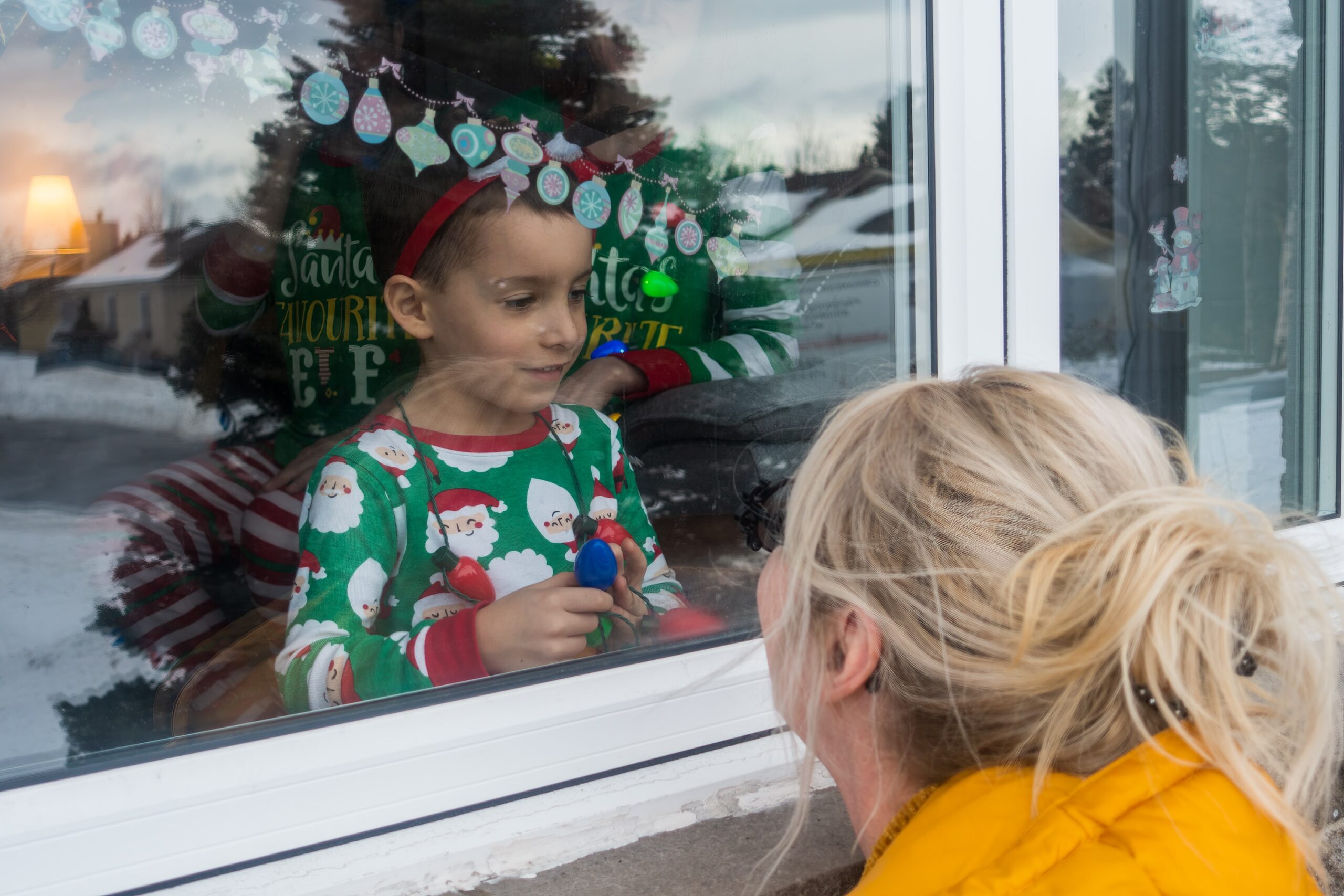Connecting with Women Donors During the Pandemic
As we recognize International Women’s Day, we also acknowledge that we are one year into facing the realities of the global COVID-19 pandemic and economic turmoil across our country and the complex changes these have wrought on all of our lives. This year has been difficult for women in particular; it is called the “shadow […]

As we recognize International Women’s Day, we also acknowledge that we are one year into facing the realities of the global COVID-19 pandemic and economic turmoil across our country and the complex changes these have wrought on all of our lives.
This year has been difficult for women in particular; it is called the “shadow pandemic” –the disproportionate effect on women’s health and economic security. Does this effect mean that fundraisers should not reach out to their women donors?
Stepping up amid the shadow pandemic
Women more than men have felt the loss of their jobs and the increase in unpaid care work for children and the elderly. I know that my work/life structure drastically shifted when my parents’ health declined precipitously because of the coronavirus, and they required more help from me.
At the same time, women have been prominent in turning outward to help neighbors and strangers alike, from sewing masks to coordinating food drives and providing vaccinations, even as we deal with social distancing, the loss of loved ones, homeschooling and elder care. The Lilly Family School of Philanthropy noted this natural “outward” move in well-documented research that showed women have a higher degree of empathy and altruism than men.
Women hold complexity in all parts of our lives. In any one moment, we attend to our families and loved ones, confer with and provide support to our friends and social networks, and pay attention to needs in our community and organizations we care about. We want to make an impact directly on beneficiaries that need our help. This tendency is not all women all the time, and of course, men care about impact as well. And yet, the higher degree of empathy and altruism in women moves us outward more quickly with the almost unconscious instinct to help.
Across multiple disasters, women have risen and shared all their resources to solve challenges and help in a crisis. Knowing this, it would be a natural inclination to want to reach out to women stakeholders and activate them now. The unexpected challenges continue, and we need women at the table more than ever.
What’s a fundraiser to do? Reach out or hold back?
Does knowing about the shadow pandemic mean that you back away from connecting to your women donors?
Not at all. We need to be inclusive during chaotic times to make our best decisions. We need the richness of diverse experiences, intellectual capital and multiple perspectives to step up in ways we have not done before and create solutions that are not yet visible.
And personally? I would have been angry or confused if the organizations I care deeply about did not contact me because they thought I was too overwhelmed by my new caregiving responsibilities. I want the outreach, the checking in and my agency to share when and how I can provide support. I, like many donors, have stepped up my philanthropy, but when I make gifts is certainly different this year.
Connecting with empathy
Your goal is to stay connected and relational with all donors while respecting the dynamic life many women now juggle. Here are some steps to take:
1. Connect and Care
Just as donors partner with us, a disaster is a time to be a partner with them. Reach out, ask them how they are and listen. Connect with them without any assumptions or expectations, only because you care.
We can’t really know how they are, what they are facing and what they are paying attention to (including how your organization is doing) if we don’t deeply listen. Through listening, you will know what next action to take with her, if any.
2. Convene and Care
Find out if she welcomes being connected to others at this time. Many colleagues are convening groups of women such as women’s philanthropy leadership groups, volunteers and women in the same region. The women are appreciative to see each other virtually and share a few moments about their own lives. It is heartening to be witnessed by peers and know you are not in this upside-down world alone. Many convenings have agendas that focus on sharing then feature a speaker on a topic of collective interest.
3. Provide information on how to help
From your deep listening and convening, you will know when it is right to share, very specifically, the needs of your organization. The pandemic continues to create for us immediate, mid- and long-term needs. By keeping your women donors close, you will know how and when to activate them, individually or collectively, and for what powerful purpose.
These steps aren’t absolutely linear – you will be following an individual’s pacing. Some donors may stay at step one for some time. Others will want to jump to step three – they can see the needs and have ideas of how to help now. Your job is to meet them where they are.
Connect with women as individuals and pause to provide deep listening and an authentic, relational approach. When you treat women donors as partners and are there for them, you are more likely to bring forward the right purpose and power that empathetic, talented and committed women will bring to help tackle the unexpected challenges you now face.
More like this

Supporting disaster recovery with a women’s or gender equity lens
